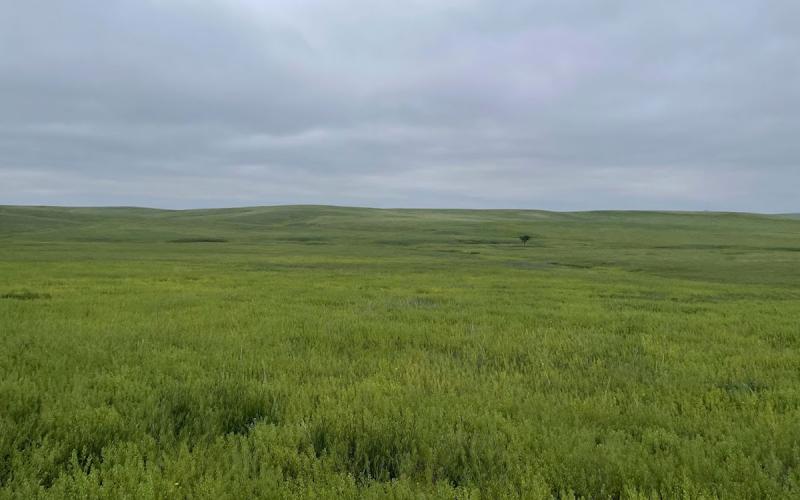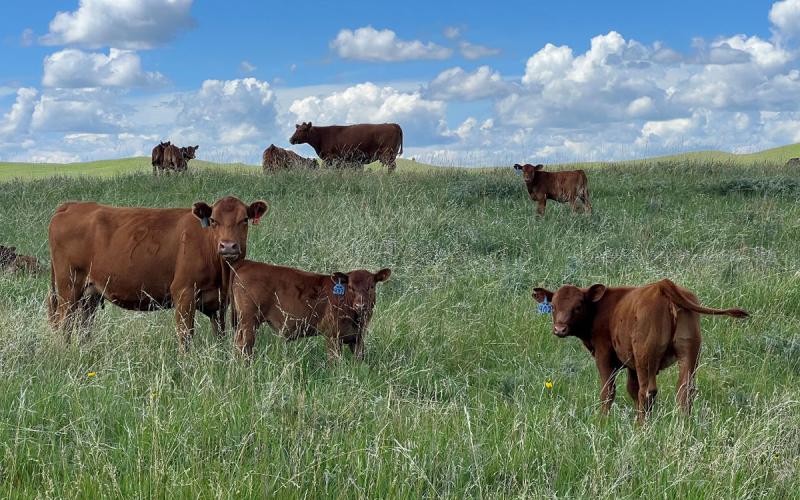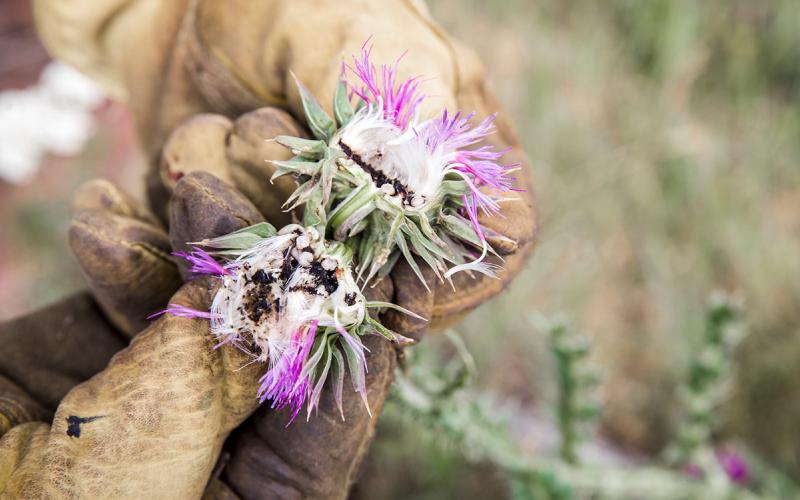Written collaboratively by Hector Menendez and Federica M. La Manna.
Field pennycress (Thlaspi arvense) prevalence on pastures has been observed to be in higher abundance this year in Western South Dakota. When consumed in certain quantities it can be toxic to livestock.
Grazing and Hay Feeding Considerations

If pastures are dominated by this plant, then it may be prudent to monitor herd health more closely, especially if preferred forages are limited. While cattle are less likely to be affected, horses may respond more negatively to consumption in large quantities. It can also reduce the palatability of meat or milk (Mohler, Teasdale and DiTommaso, 2021, pp 416).
Field pennycress is a cool season plant and has high frost tolerance. Seeds may germinate in the fall and early spring which helps it to compete with other forages. Mowing this plant causes rapid regrowth and branching with little to no negative impacts to plant growth or its ability to go to seed. Managing pastures or cropland (hay) to have dense stands of smooth brome or crested wheatgrass can help to discourage growth (Mohler et al., 2021). For example, if stands of field pennycress are present you may exclude animals from those areas with electric or virtual fencing to allow other grasses to grow and, thus suppress the field pennycress.
Avoid purchasing hay with high amounts of field pennycress. If hay is baled on-farm or purchased that does have large quantities of field pennycress then feed it in an area that can be managed (spraying, tilling, suppression) in the next season to avoid establishing a large weed seed bank. If serious concerns about pennycress exist a rangeland assessment and monitoring program can be established to guide grazing management and weed suppression. In cultivated pastures planting cover crops or tillage can be used as an effective seed suppression method.
Additional Resource
- Field Pennycress, Sustainable Agriculture Research & Education.

